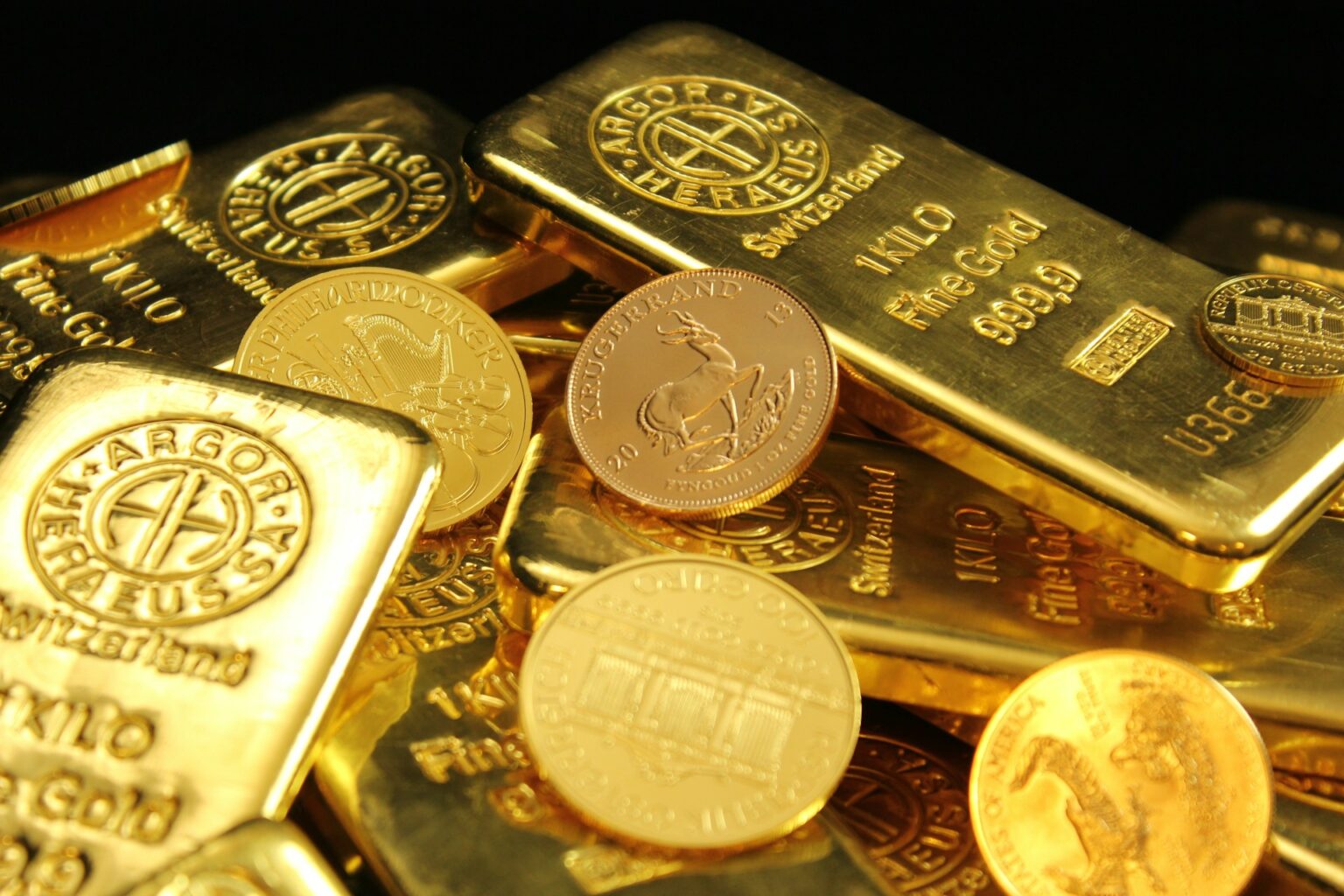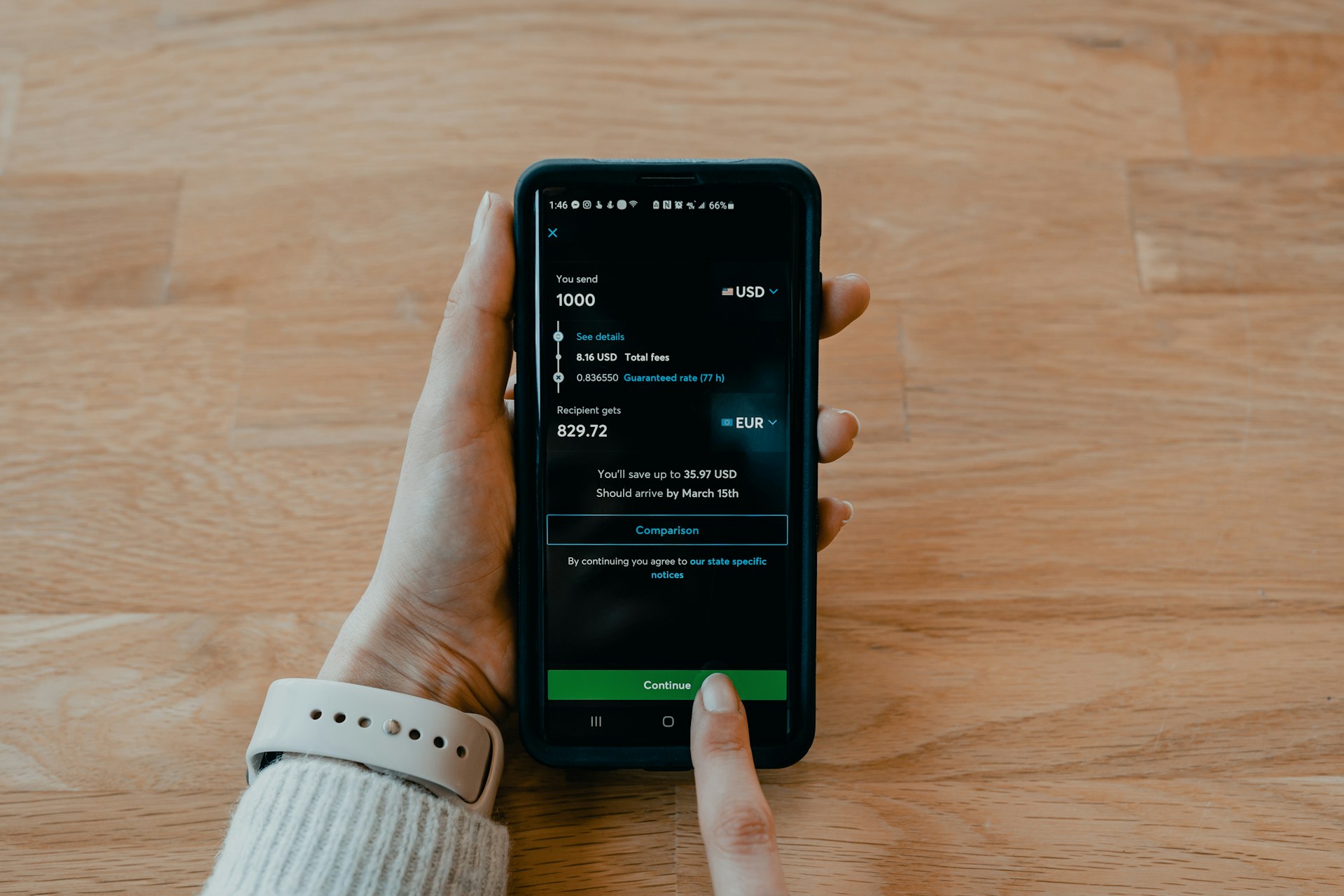Gold price hits $4000 an ounce for the first time in history, marking a stunning milestone that has sent ripples through global markets. The rally has investors worldwide flocking to the precious metal, viewing it as the ultimate safe haven in a year defined by uncertainty, inflation fears, and volatile currencies.
The surge comes amid a perfect storm of market anxiety. With geopolitical tensions rising and concerns over the U.S. economy deepening, gold’s traditional appeal as a store of value has returned to the spotlight. As the gold price hits $4000, central banks and institutional investors are quietly increasing their reserves, moving away from the dollar and other unstable assets. This renewed demand has fueled what many analysts describe as the most significant gold rally in decades.
Experts say the record-breaking price is part of a broader “flight to safety.” As global debt levels rise and confidence in fiat money weakens, investors are turning to tangible assets that can hold their value. Once gold passed the symbolic $3,000 mark earlier this year, momentum took over. Now that the gold price has hit $4000, a mix of market psychology and fear of missing out is driving even more buyers into the fold.
But this story goes beyond Wall Street traders and central bankers. Africa, one of the world’s richest regions in natural resources, stands to gain significantly from the gold boom.
For Africa’s top gold producers, including Ghana, South Africa, Mali, and Tanzania, the gold price hitting $4000 could translate into a major windfall. Higher export earnings mean stronger foreign reserves, more stable currencies, and an opportunity for governments to invest in infrastructure, education, and debt reduction. If managed transparently, this surge in revenue could help African economies build long-term resilience rather than short-term profit.
SEE ALSO: Malawi Secures World Bank Financing to Ease Import Shortages
Local communities and small-scale miners also have a chance to benefit. In countries where artisanal mining is a major source of income, rising gold prices could improve livelihoods and inject more money into rural economies. However, without effective regulation and oversight, much of that wealth could slip through the cracks into informal or illicit channels. Ensuring that small miners and traders can access fair markets will be key to turning this price rally into real economic growth.
There’s also a clear opportunity for innovation. As the gold price hits $4000, African fintech and banking institutions could create gold-backed savings and investment products to help citizens protect their money from inflation and currency devaluation. Digital gold accounts or micro-investment platforms could make gold ownership more accessible to everyday Africans, not just institutional investors.
Still, analysts warn that while the surge is remarkable, it may not last forever. Gold’s rise often reflects uncertainty rather than underlying economic strength. If global markets stabilize or interest rates shift, prices could cool off. For now, though, as the gold price remains around $4000, Africa finds itself in a rare position, not only as a supplier of raw material but also as a potential beneficiary of global economic change.
If governments, miners, and innovators act wisely, this could be more than just a short-term rally. It could be the moment when Africa turns its gold into something far more enduring: economic opportunity.


